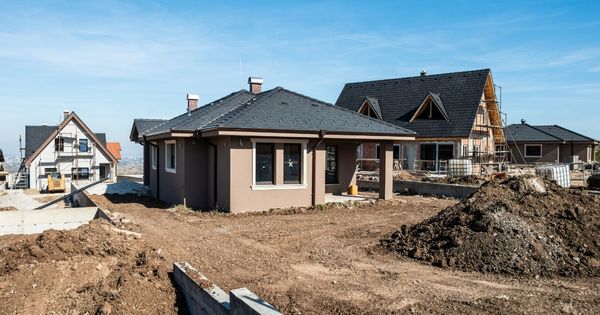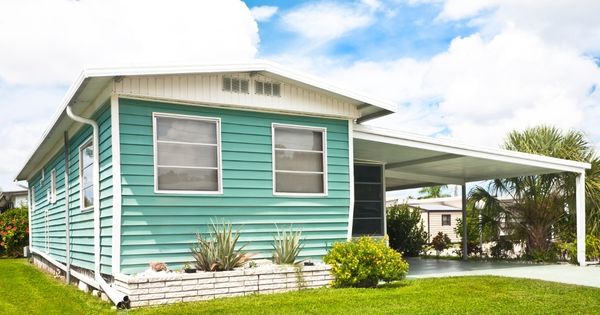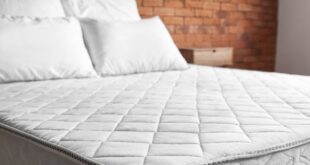Do you want to build a house and are looking for the most budget-friendly options? Look no further! Building a house can be an expensive endeavour, but there are several different types of houses that come with different price points. This guide will provide the information necessary to make the best decision when it comes to building a new home on a budget.
Types Of Houses
The type of house you choose to build can depend on your budget and needs. Several types of houses exist to accommodate every budget and lifestyle. Ultimately, the cheapest option for a house is a manufactured home, which is factory-built and generally more affordable than other types of dwellings. The most expensive type of house is a custom-built home that requires architects, contractors, and various professionals throughout the building process. Regardless of which kind of house you choose to build, there are some important considerations to keep in mind before making your decision. Choosing a Truoba one story modern house is a great place to start.
Manufactured Homes
Manufactured homes are often referred to as mobile homes or manufactured trailers. These pre-built dwellings can be purchased ready-made from a dealer or retailer or custom-built with amenities like a premium kitchen or extra bedrooms. They can vary greatly in size but typically range from single-wide (around 16 feet wide) to double-wide (around 24 feet wide). These structures are usually cheaper than other types of housing but may have restrictions related to where they can be placed based on local zoning regulations.
Modular Homes
A modular home is similar to a manufactured home in that it’s completely pre-built offsite and then delivered for final assembly onsite. Modulars come in two categories — stick-built and panelized — where stick-built modular look more traditional while panelized units feature large panels that join at the site’s foundation. Modulars tend to be slightly more expensive than manufactured homes but generally offer more customisation options with floor plans up to 6,000 square feet in size available depending on the manufacturer chosen.
Site-built Single-family Houses
These houses are customised by the homeowner or builder according to customer specifications during construction onsite, usually under the direction of an architect professionally trained in green building design principles and systems integration technology approaches. It’s also possible for prospective owners looking for luxury features like swimming pools, spas, playgrounds, special landscape features, or hobby greenhouses. Costs vary based on what components are included.

Cost Considerations
When considering the construction of a house, one of the primary issues to consider is cost. Building a house can be costly, but there are certain strategies that you can use to help keep costs down without sacrificing quality. Some important considerations when building a home include:
- Location: Depending on the location of your project, different building materials may be cheaper or more expensive. It is important to research what materials are available in your area and understand how they will affect the budget.
- Types of Building Materials: There are many options for building materials including wood, brick, stone, concrete, and manufactured components such as modular homes. Researching available options will help you understand which materials make sense for the project in terms of cost and performance requirements.
- Labor Costs: Labor costs can have a significant effect on the total cost of construction depending on local wage rates and hours worked by workers onsite. Research available contractors in your area to get an understanding of what labour rates should be used in your estimates
- Cost Estimation Tools: Software tools that take into account locations, building materials, labour costs, and other factors can help you accurately estimate costs for various project components associated with constructing a house such as foundations or framing work so that you can maintain an accurate budget throughout the construction process
Building Materials
An important factor to consider when determining your budget for building a home is the type of building materials used in construction. Building materials can vary in price from relatively inexpensive to quite costly. The basic building material choices for walls, floor, and roof coverings fall into three categories: stick-built construction onsite; prefabricated panelised system kits; and log homes. Each has its respective advantages and disadvantages with regard to cost, time, durability, future maintenance, and other factors.
Building Process
Before breaking ground on your project, it’s important to do research and understand the building process. It’s also vital to know the specific requirements of any grants or other assistance programs you may be utilising. Knowing what type of house you’d like to build and why will help inform decision-making related to materials, labour costs, and timelines.
Financing Options
One common way to finance the construction of a home is through the help of a bank or financial institution. Banks often offer mortgage loan programs that cover the costs of construction, interest rates can vary based on credit score and risk level, so be sure to shop around for the choice that best works for you.
Another option to finance your home is through home equity loans. An equity loan allows you access to some or all of the equity in your current home in order to use it towards building a new one. One advantage of this option is that there could be tax benefits associated with using this form of financing as well as typically lower interest rates.
You may also consider utilising credit cards or personal loans when financing the construction of your new home. Personal loans work great for smaller projects due to their typically fixed rates, while with credit cards it’s important to watch out for high-interest rates which can make repaying more difficult than other forms of financing available.
Conclusion
Be sure to choose a house style that suits your needs and budget. Exploring all options in order to find the most cost-effective building plan is important. Additionally, it’s important to factor in repair costs and energy efficiency when selecting materials and architecture for your home.
Finally, depending on your financial situation, it may be possible to build on an existing lot or purchase land for an affordable price. In any scenario, researching local building codes and regulations early on is key for a successful building project. Total construction costs will vary based on many factors, but the most economical option is possible with planning and research from the start.
 Kaboutjie SA Mommy Blogs by Lynne Huysamen
Kaboutjie SA Mommy Blogs by Lynne Huysamen




